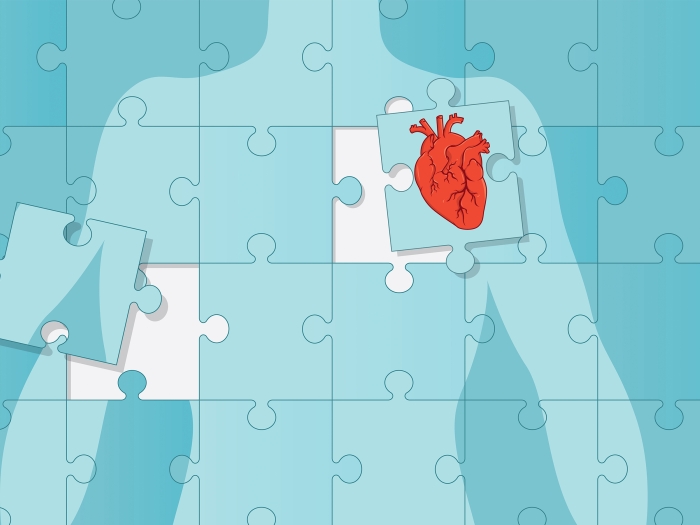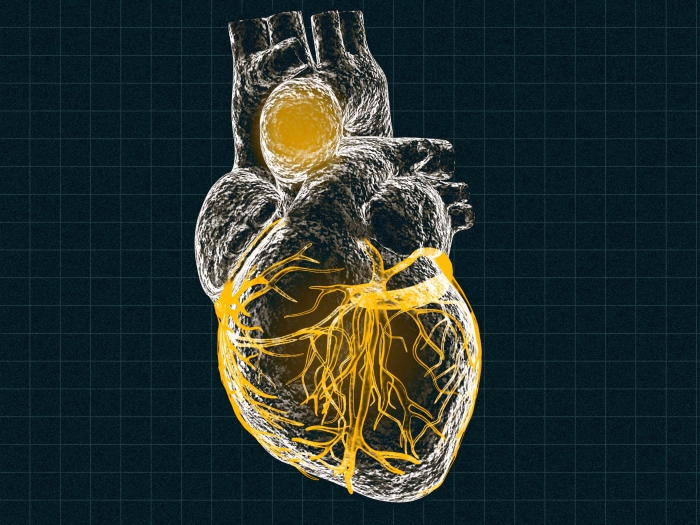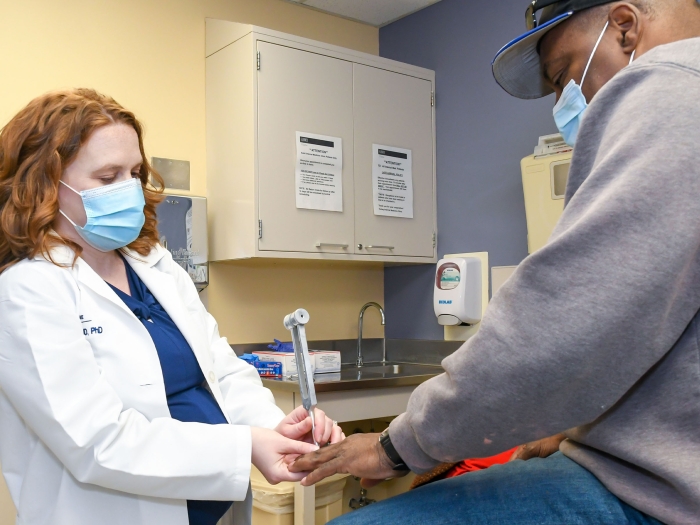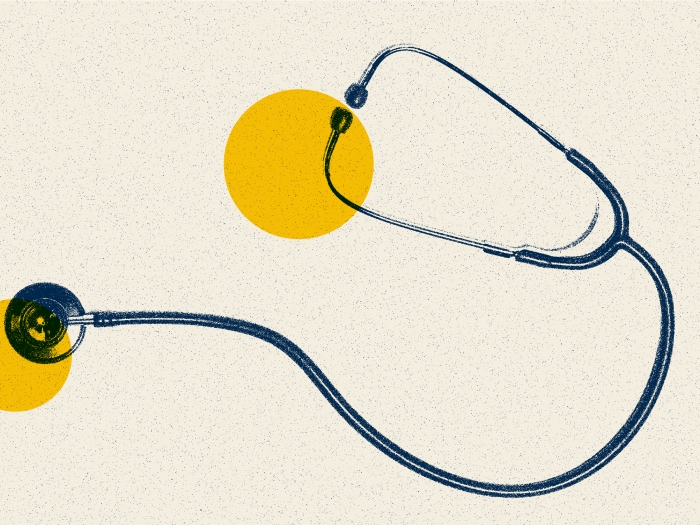Targeting NETs could reduce the risk of heart attack and stroke for diabetic patients
2:00 PM
Author |

Over 10% of the population in the United States has been diagnosed with diabetes according to the Centers for Disease Control and Prevention.
Around 7.5% of these diabetic patients will experience cardiovascular events like heart attack or stroke in their lives.
Research from rheumatologists, cardiovascular pharmacologists and nephrologists at the University of Michigan has found a potential target when it comes to preventing vascular dysfunction, the first step toward frank cardiovascular events such as heart attack or stroke, in patients with diabetes.
In a study published in Science Advances, University of Michigan researchers found that the overproduction of neutrophil extracellular traps is an important contributing factor to vascular dysfunction in diabetes.
Neutrophils are white blood cells that help the body fight against infections and are responsible for the production of NETs.
NETs are intended to act as first responders against various bacterial and viral infections, but they may also become overactive in chronic autoimmune or inflammatory diseases such as lupus or diabetes.
When this happens, NETs can create problems for blood vessels.
“An excess of NETs is a common contributing factor to inflammation in patients with autoimmune rheumatologic diseases. This is a major area of research in our laboratory directed by Jason Knight, M.D., Ph.D.,” said Chao Liu, Ph.D., the first author and a research fellow in the Division of Rheumatology, Department of Internal Medicine.
The rheumatology team at the University of Michigan collaborated with Kevin Atkins, Ph.D., and Subramanium Pennathur, M.D., in the division of nephrology to extend the research of NETs to diabetes.
“We noticed that others were finding a role for NETs in certain diabetic complications like retinal damage and problems with wound healing,” said Liu.
“We wondered if this connection might also extend to vascular dysfunction, which is a topic we were well-positioned to explore based on our prior work.”
In laboratory research, the team found that diabetic mice had an excess of NETs as expected.
The mice also had blood vessel walls that did not relax normally making them more susceptible to forming the lipid plaques that lead to heart attack or stroke.
When the excess NETs were eliminated, the diabetic mice had much healthier appearing vessels that were essentially indistinguishable from healthy non-diabetic mice.
In patients with diabetes, factors like high glucose and oxidative stress appear to activate neutrophils to form excessive NETs.
“By treating the excess of NETs in diabetic patients, we think it is possible that we would be able to reduce vascular dysfunction and the complications that follow it,” said Liu.
“Finding a solution for vascular dysfunction could greatly improve the lives of diabetic patients.”
Going forward, the team is hoping to study the role of neutrophils and NETs in all phases of diabetic vascular diseases, from vascular dysfunction to frank atherosclerosis with a goal of finding personalized and proactive treatments for patients with diabetes and likely beyond.
Additional authors include Chao Liu, Srilakshmi Yalavarthi, Ajay Tambralli, Christine E. Rysenga, Nikoo Alizadeh, Lucas Hudgins, Wenying Liang, Somanathapura K. NaveenKumar, Jason S. Knight from the Division of Rheumatology, Department of Internal Medicine, University of Michigan, Ann Arbor, Michigan, USA. Lixia Zeng and Kevin B. Atkins from the Division of Nephrology, Department of Internal Medicine, University of Michigan, Ann Arbor, Michigan, USA. Hui Shi from the Division of Rheumatology, Department of Internal Medicine, University of Michigan, Ann Arbor, Michigan, USA and the Department of Rheumatology and Immunology, Ruijin Hospital, School of Medicine, Shanghai Jiao Tong University, Shanghai, China. Miriam A. Shelef from the Division of Rheumatology, Department of Medicine, University of Wisconsin–Madison, Madison, Wisconsin, USA as well as the William S. Middleton Memorial Veterans Hospital, Madison, Wisconsin, USA. Subramaniam Pennathur from the Division of Nephrology, Department of Internal Medicine, University of Michigan, Ann Arbor, Michigan, USA as well as the Department of Molecular and Integrative Physiology, University of Michigan, Ann Arbor, Michigan, USA.
Funding for this research was provided by the Department of Defense grant: W81XWH-20-1-0663 (JSK) and NIH grant: P30 DK89503 (SP).
Paper cited: “Inhibition of neutrophil extracellular trap formation alleviates vascular dysfunction in type 1 diabetic mice,” Science Advances. DOI: 10.1126/sciadv.adj101

Explore a variety of healthcare news & stories by visiting the Health Lab home page for more articles.

Department of Communication at Michigan Medicine
Want top health & research news weekly? Sign up for Health Lab’s newsletters today!





